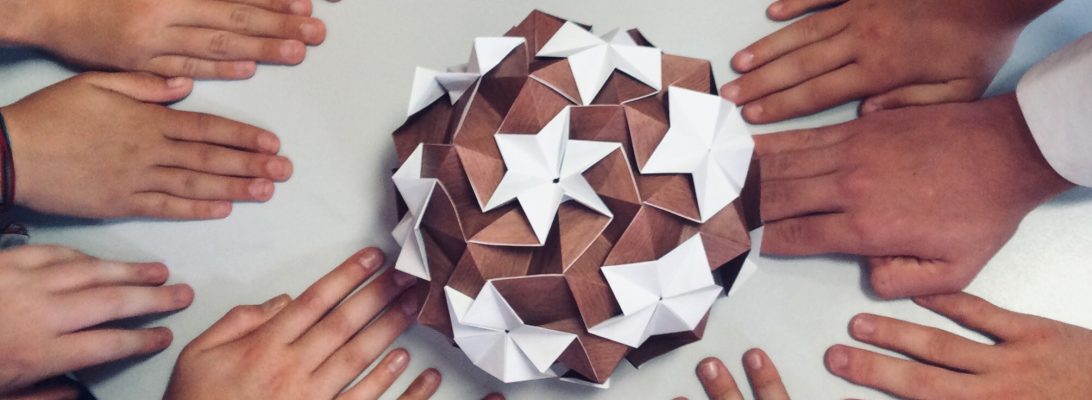Although I began folding paper when I was 11, I peaked at about 13 (back then, in my own mind) by mastering Jack Skillman’s “Jackstone”:
I had bought Robert Harbin’s Origami book series, the model featured in book 2 at the back which meant it wqas hard. It seems the Jackstone was at the time a measure of the complexity of the art and, strangely, the geometry made sense to me – so much so that, for whatever reason I committed it to memory and still fold it today. (read Dave Lister’s BOS account of it)
It is a masterpiece of pre-folding – that you unfold, turn inside out and collapse along existing lines – the magic still delights and fascinates me to this day. Continue reading



















